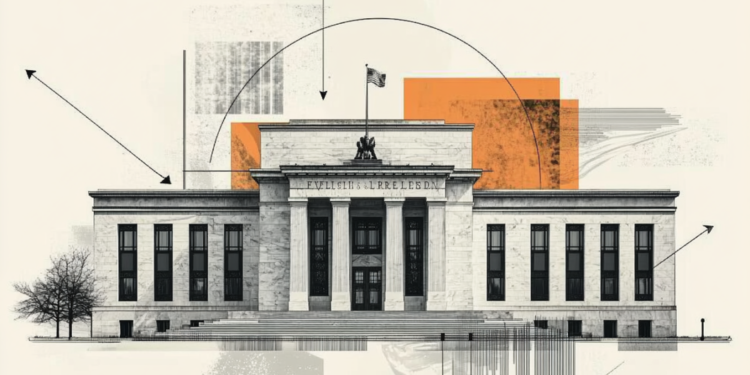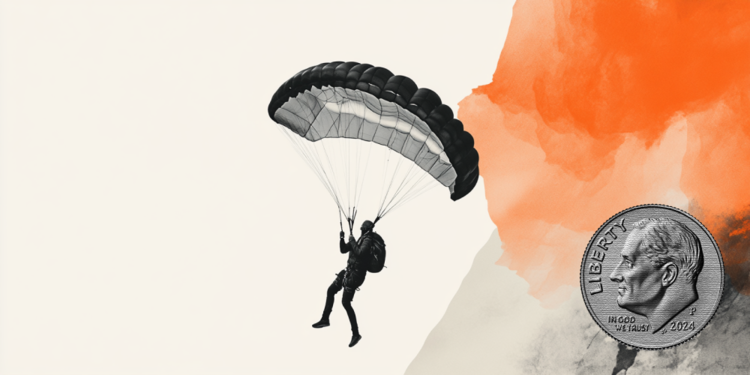The scene became one of the most iconic of World War II: Nazi criminals wearing headphones in a courtroom, impassive in the face of testimonies of the atrocities of the regime they were part of.
The Nuremberg Judgment, in Germany, at the end of the conflict, was a milestone in the search for justice and the confirmation of a system of international law involving several countries. It was also the first time that the world was able to experience simultaneous interpretation.
In that environment full of strong emotions, interpreters who created in practice parameters for a new profession.
An unprecedented exhibition in the Americas portrays the history of these pioneers and their work during 218 days, shortly after the end of the war, between November 1945 and October 1946. On display in São Paulo until April 10, the exhibition “1 Judgment, 4 Languages: The Pioneers of Simultaneous Interpretation in Nuremberg” is set in a location that is not always accessible to the public: the cinematographic Hall of Sighs of the Court of Justice of the State of São Paulo, in Praça da Sé.
After São Paulo, the exhibition, which is free, goes on to Rio de Janeiro.
In Nuremberg, the German city that hosted the Nazi party between 1933 and 1939, 22 Germans were tried for crimes committed in the war. Among them were the military Hermann Göring, president of the Reichstag, and Hitler’s foreign minister, Joachim von Ribbentrop.
Bringing them to trial involved weeks of negotiations between the four victors in the war – the US, USSR, France and the UK. Some advocated that they be executed. Others felt that exposing their crimes and giving them the right to defense would prevent similar atrocities in the future. And that’s what happened.
But the task was nearly impossible. Germany was devastated by the war, and the allies also needed to work on rebuilding their countries. Millions of war refugees criss-crossed the continent in different directions, overwhelmed by hunger, grief and disease, pressing the governments of each country for quick solutions to countless crises and an end to the issue of war for a while.
And in this context, it was necessary to gather forces and specialized personnel for the trial – judges, prosecutors, lawyers, translators (for the tens of thousands of documents seized) and secretaries.
Then a new problem came in the way: how to make everyone understand the German defendants, the witnesses of different nationalities and the judges, prosecutors and lawyers who would speak in English, French, German or Russian? The translators would handle the written translation – but what about the speeches? Who could translate them live?
If it were done in the then traditional method, consecutively – the person speaks a passage, remains silent, the interpreter speaks, and so on – the trial could take years. It was then that the French-American Colonel Léon Dostert, personal interpreter for the then general (and future president) Dwight D. Eisenhower, remembered a system created years before using headphones and cables. The mobilization was immediate.

In a few weeks, the equipment arrived in Nuremberg and booths were set up so that it was possible to translate the lines simultaneously. No one was quite sure how it would work (“Listening and speaking in another language at the same time, without pausing? Impossible”, some said). But it was the only solution.
It was then that, at the Nuremberg Trials, we saw for the first time an interpretation service with a method of relaying teams, using booths with soundproofing and work organized by language combinations – which would later be a professional standard used until today.
There were four languages in each cabin. So when a German spoke, participants could hear the translation in Russian, French or English. When it was an English prosecutor’s turn to speak, for example, the German defendants could hear everything simultaneously in their language, as could the Russian legal bench.
Today, it seems commonplace: interpretation is part of television broadcasts, corporate events, meetings, award ceremonies, country summits, etc. But it was there, in Nuremberg, that it all officially began, with the translation of testimonies, hearings, prosecution and defense pieces and sentence readings.
In time: 12 of those tried were sentenced to death by hanging; three to life imprisonment.

At the exhibition in São Paulo, the history of these pioneers is told on panels and will be discussed in round tables and lectures. The event arrives in Brazil through AIIC (International Association of Conference Interpreters), which celebrates its 70th anniversary in 2023 and is the organizer of the original exhibition, and APIC (Professional Association of Conference Interpreters), which celebrates its 50th anniversary in 2021.
The exhibition “1 Judgment, 4 Languages: The Pioneers of Simultaneous Interpretation in Nuremberg” can be visited from Monday to Friday from 1 pm to 5 pm, at Praça da Sé, s/nº, 2nd floor, in Salão dos Passos Perdidos
Source: CNN Brasil
I’m James Harper, a highly experienced and accomplished news writer for World Stock Market. I have been writing in the Politics section of the website for over five years, providing readers with up-to-date and insightful information about current events in politics. My work is widely read and respected by many industry professionals as well as laymen.







